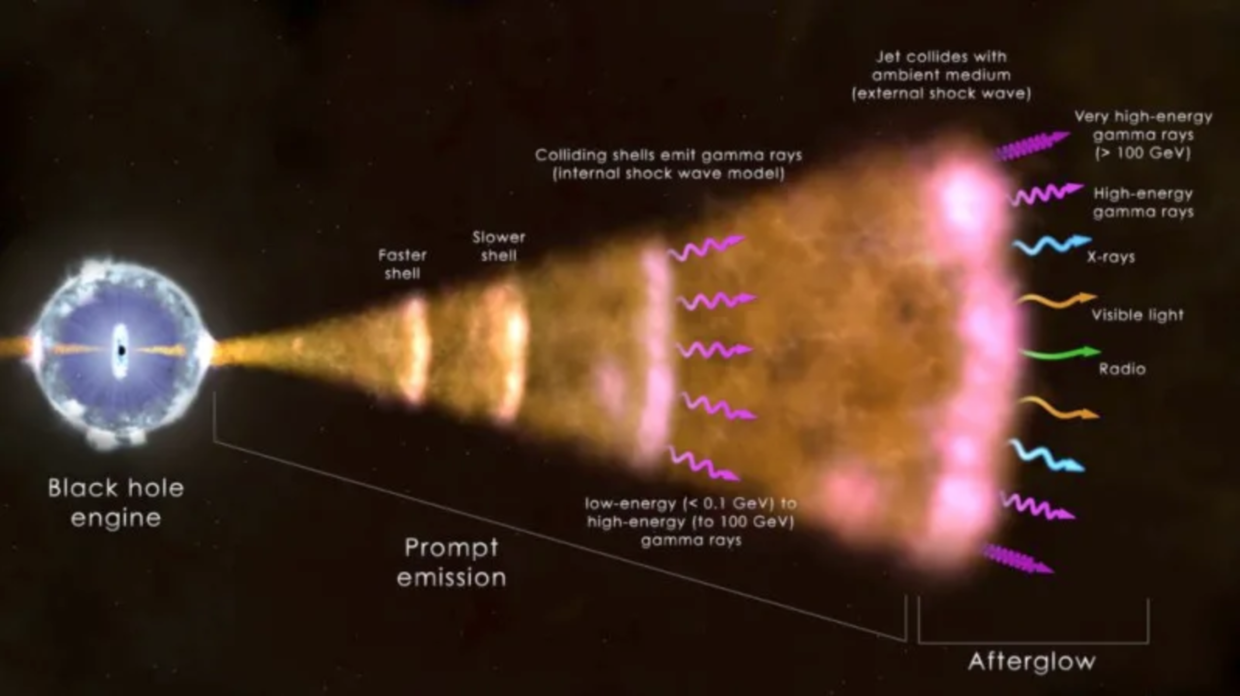Astronomers capture brightest light ever seen by humanity, more energy in seconds than 10bn years of our sun
After almost 50 years of waiting, scientists have finally directly witnessed a gamma ray burst, in an explosion which has set the record for the brightest light ever witnessed by humanity.
The brief but immensely powerful gamma ray burst (GRB) took place some seven billion light-years away, and expended more energy in a few seconds than our sun would burn in 10 billion years, as a dying star was torn asunder in a supernova on January 14, 2019.
The burst, named GRB 190114C, was detected by the Neil Gehrels Swift Observatory and the Fermi Gamma-ray Space Telescope. Within just 22 seconds, the coordinates were transmitted to astronomers the world over.
Two of the Major Atmospheric Gamma Imaging Cherenkov (MAGIC) telescopes on the Canary Islands were the first to survey the bursts, detecting particles of light measuring 0.2 and one tera electron volts (TeV).
This is equivalent to the kinetic energy released by proton collisions in the Large Hadron Collider, the most powerful particle accelerator humanity has ever developed.
"It’s a trillion times more energetic than visible light. It makes this the brightest known source of TeV photons in the universe,” said Dr Gemma Anderson, co-author of the study.

This is the first time such a GRB has been observed directly since the phenomena were discovered 46 years ago, as they can only be detected when the beams are pointed directly at Earth and the angle must be ideal as a supernova shoots material into space at 99.99 percent the speed of light, meaning there’s essentially no margin for error to capture an event like this.
Also on rt.com NASA discovers alien SUGAR on board two fallen meteorites indicating possible origin of LIFE on Earth“We have been looking for [such an event with high-energy particles] for longer than 20 years,” Razmik Mirzoyan, a spokesperson for MAGIC and co-author on the new study said, adding that it “was not mere luck, it’s just persistence.”
Like this story? Share it with a friend!














